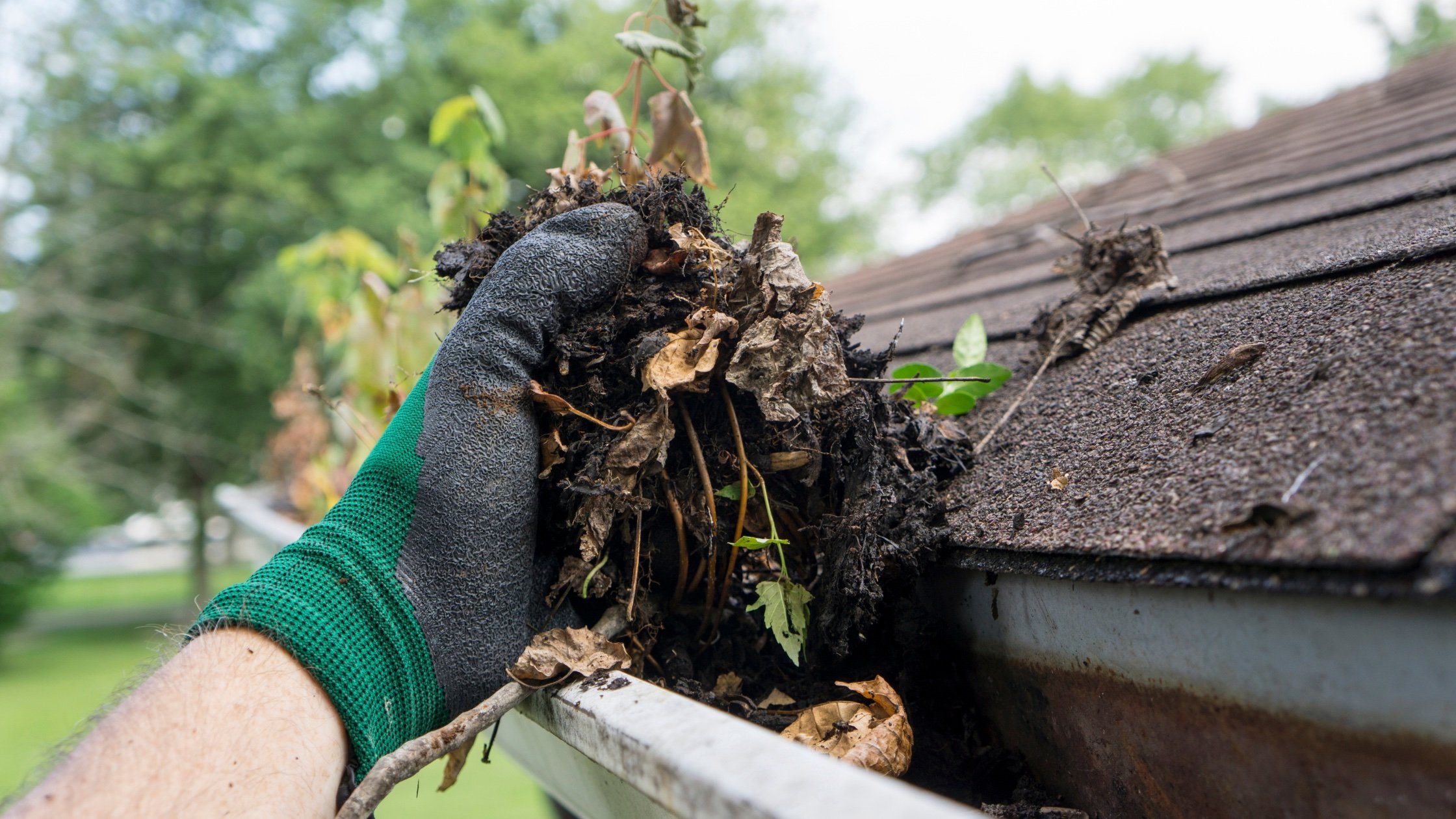Fall Homeowner’s Checklist
As most homeowners know, maintaining your property requires effort all year long. Checking in on certain aspects of your home at different points in the year is crucial to maintaining its value. In areas like Halifax that experience drastic temperature changes and varying weather, it is even more necessary to check in on your home each season. For Halifax, fall brings temperature drops and weather events that are much different than our summers. Because of this, your home can become vulnerable to damage if not properly kept. We have compiled a Fall homeowner’s checklist to help you prepare your home for the colder months, limit damage and maintain its value!
Clean the gutters and downspouts
When leaves begin falling from the trees in your yard or surrounding yards, it is typical for some to land in the gutters on your roof. When this happens, it causes water to remain trapped between leaves, and the water cannot drain properly. As the temperatures drop further, this trapped water will freeze, which expands the gutters, and weighs them down. When left like this, gutters can break off or cause roof damage. An easy fix for this winter dilemma is to take time in the fall to clean out your gutters of any leaves or debris so they drain as they should all winter long!
Seal Gaps Where Animals Could Enter
Another thing that happens when temperatures cool, is that many critters tend to head indoors to keep warm. This behaviour can cause pests to enter your home and cause a nuisance, or damage. House mice may nest in the walls, cockroaches can cause damage, and bed bugs can cause injury. Some even report bats or squirrels finding refuge in their homes. To limit the chances of this, you should thoroughly inspect the exterior of your home in the fall, seal any cracks or openings with caulking, or bring in a handyman to close these spaces for you.
Shut off exterior faucets and store hoses
To Prevent damage to your water lines, It is very important to turn off exterior faucets before freezing temperatures occur. Cold water expands before freezing, which can cause pipes to burst. The pipes that are most vulnerable are ones that are close to the outdoors, as they have less insulation than ones deep in the home. According to economical.com, water damage is one of the leading causes of insurance claims in Canada. If you are unsure of how to properly shut off exterior faucets, or remove hoses, you can always consult a plumber.
Add weather stripping
Most Haligonians are very familiar with increased electricity costs in the winter months. We spend more time indoors and turn up our heat to keep warm. Adding weather stripping to your house can aid in keeping heat indoors, thus allowing you to turn off your heat more frequently, and save on electricity bills and usage. To determine where you should put weatherstripping in your home, you can hold your hand up to any doors, windows, or plug outlets to feel for a cool breeze, or even just cold air. Doors are the most common culprits for drafts and the most common place to install weather stripping.
Check Safety Devices
It is always important to check in on your fire alarms and carbon monoxide detectors to ensure that batteries are not dead and that they are working properly any time of the year. However, when we spend more time indoors during the wintertime with the windows closed, we are even at more of a risk for carbon monoxide poisoning, if an accident were to occur. It is a great idea to check that your safety devices are in good working order in the fall of each year so that they can protect you when you spend the most time indoors: all winter long. If you do not currently have a carbon monoxide detector, this time of year would be a great time to invest in one.
Clean Dryer vents
Cleaning your dryer vents not only helps your clothes dry faster and more efficiently, but it can also help prevent fires. Lint and other debris (some have even found bird’s nests!) can build up in your dryer hose and vent duct. This causes hot air to become trapped, which can set debris on fire. Stanley Mutual reported in 2019, that the dryer is the most common culprit for home fires. You can remove most of the lint from a dryer vent with your hands, however, many like to use a vacuum as well.
Fix any cracks in the driveway
Cracks in the driveway are another vulnerable area on the property to water expansion in freezing temperatures. The pavement itself is also known to expand and contract upon temperature change. This attribute and water expansion are bound to lead to cracking pavement. When there are cracks present during the colder months, a ripple effect occurs: water freezes, expands, and causes larger cracks, and then water thaws, runs through the cracks, and damages the surrounding pavement, leading to more deterioration. Luckily, fixing cracks in the pavement is a relatively easy and inexpensive task. You can fill them with a patching compound or concrete mix, usually found at most hardware stores.
Test out weather equipment
There is nothing worst than when the first winter storm hits, and you go into your garage to pull out your snowblower to clear away the mess, and to your surprise, your snowblower will not turn on. From year to year, weather equipment can wear down more than we expect, and it can be a headache to realize this in the heart of a storm. To avoid this mishap, simply pull out your weather equipment during the fall to test out, and place it in easily accessible spaces, so that if any repairs or replacements are needed, they are completed ahead of time.
Make Improvements to the roof
You can find many resources online that will tell you that fall is the best time of year to replace or improve your roof. Networx.com states that for asphalt shingles, fall temperatures are the best for sealant strips to adhere properly. Having properly-sealed shingles is necessary to provide a moisture barrier for the winter months as well. It is also perfect timing for roof repairers to operate in the fall due to shingles not being too hot from the summer heat, or too dry and brittle from the cold winter. This list goes on and on for fall is the best time of year to manage your roof.
Feed and Maintain your lawn
When most people think of maintaining their lawn, they think of all the mowing that takes place in the summer months. Many people may be unaware that fall fertilizing is especially beneficial to encourage lush growth for the following summer. When feeding your lawn in the fall months, you encourage deep root growth, which allows the grass to store nutrients over the cold months, keeping it alive. Also, in the fall months, the grass experiences a lot of morning dew, which can provide the grass with added moisture and allow it to absorb nutrients better than on a dry summer day. Just remember to always fertilize your lawns when good weather is expected: a rain storm can wash off all of your hard work!
By following these tips, you can ensure your home and property are ready to burden the winter storms ahead. These tips will help keep your family warm and safe, help maintain your property’s value and reduce stress for the winter!
Author: Jordan Gunn
Licensed Real Estate Assistant
The Andrew Perkins Real Estate Team
Keller Williams Select Realty











